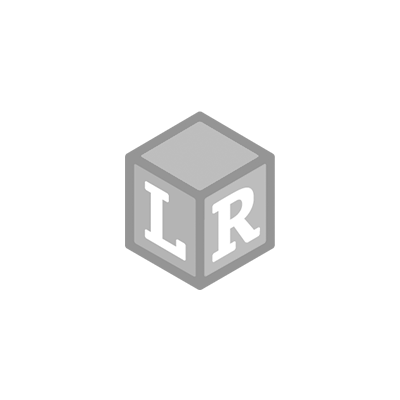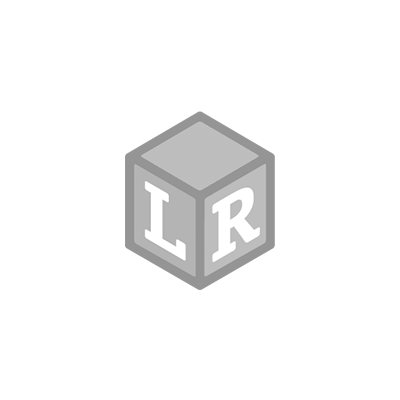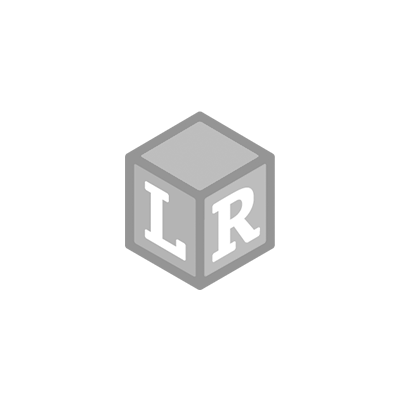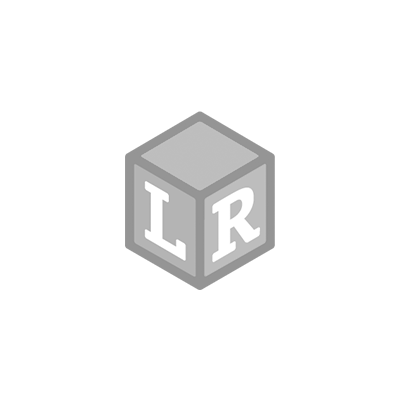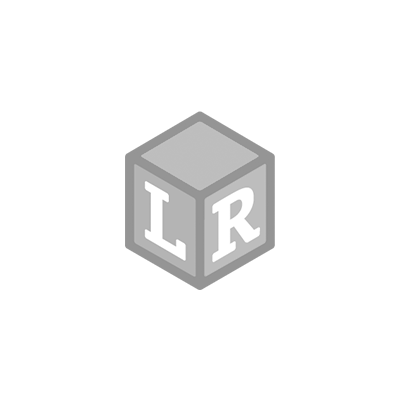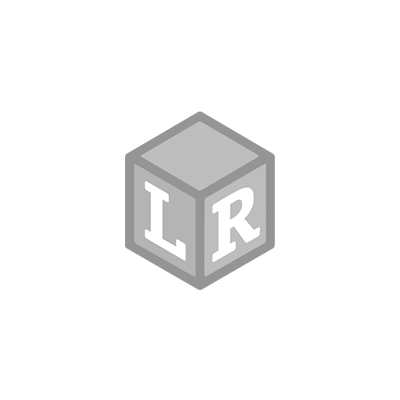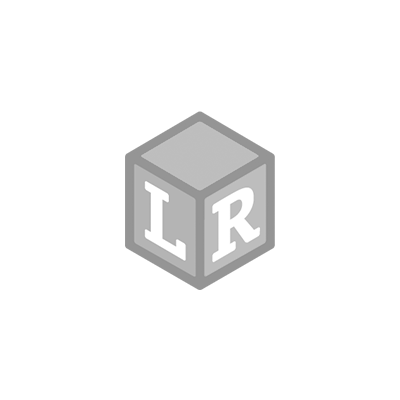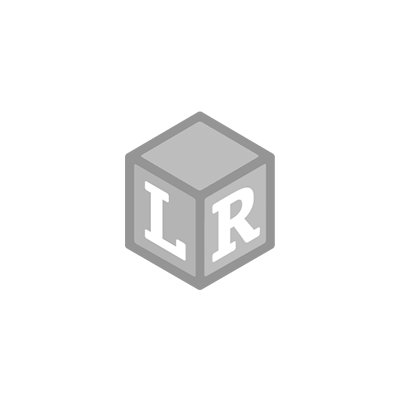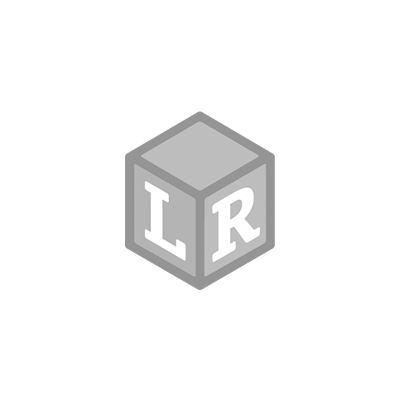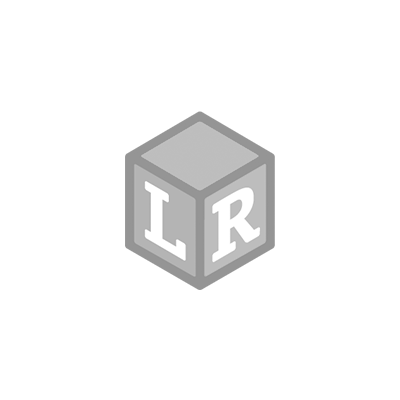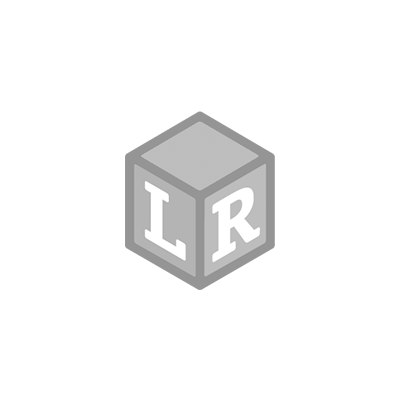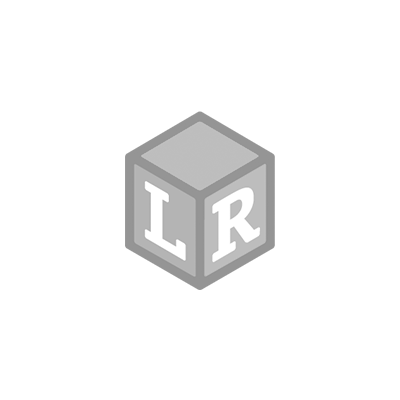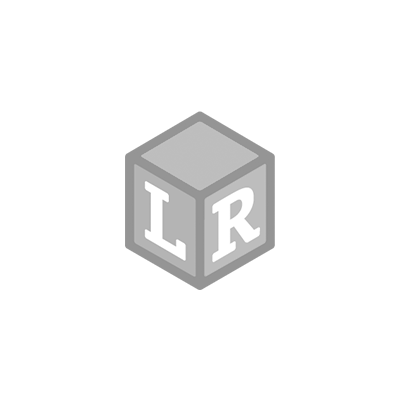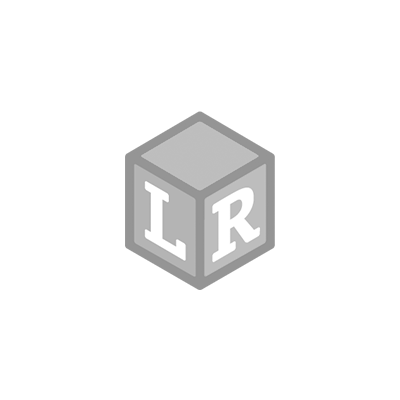DIY Terrarium Play with Jumbo Insects
- Gabrielle Fischer Posted On Jun 3, 2021 | STEM
Looking to get your hands dirty, practice completing a project in sequence, and engage your little learner in some high-interest insect play? Bring the garden indoors with this toddler- and preschooler-approved DIY Terrarium activity, paired with Learning Resources Jumbo Insects!
Materials we used:
- Learning Resources Jumbo Insects
- Learning Resources Double-Sided Tabletop Easel
- Dry erase markers
- Large glass jar with lid
- Large spoon or a small trowel
- Small terrarium plants
- Large and small stones
- Activated charcoal
- Potting mix/soil
- Sheet moss
- Decorative elements/loose parts (such as shells, colorful rocks, etc.)

Depending on the size of your jar and what you have on hand, there are many ways to build the various layers of a terrarium (and the internet is ripe with ideas). We collected the items listed above for our creation and set up a station in the backyard, so our toddler could be engaged in the process without worrying about any mess involved with assembly.

To provide visual cues about each step of the process, we illustrated our jar and the layers we planned to include on the dry erase side of the Double-Sided Tabletop Easel and referred back to it as needed (see photo). From bottom to top, this included a base layer of sheet moss, followed by layers of stone, activated charcoal, more moss, potting soil, and then our plants. We then topped everything off with decorative shells, stones, and some Jumbo Insect specimens (of course)! Each layer added visual interest when viewed through the clear glass and created a wild small world for our Jumbo Insects, ready to inspire all kinds of storytelling and language development.
When you make your terrarium, you’ll first need to choose a container. Anything clear with a wide enough mouth to add your plants will do! Then you’ll need to select plants that can fit and thrive inside -- ask the staff at your local garden center/nursery for advice on what might work best. Next, you’ll need to gather the materials for the other layers -- namely, the moss, stones, charcoal, which act as the drainage layers -- as well as the potting soil and any decorative elements that will peak interest of your little learner.


By asking our toddler to help us follow step-by-step instructions for filling our terrarium jar, we practiced organizing items and acting on information in sequence -- essential skills for fostering patience, problem-solving, scientific inquiry, and story comprehension. We also gave her the agency to choose and place the final decorative elements, such as the shells, colorful stones, and (above all) the Jumbo Insects, so even a toddler who might balk at having to follow a specific order in creating the overall terrarium would be engaged and invested to the very end.
What’s more, throughout the entire process, she had many opportunities to engage her senses by both smelling and touching the various elements of our jar, from tickly moss and rich soil to smooth stones and bumpy shells. We also had an entry-level discussion of what all plants need to grow and thrive and developed our insect-related vocabulary by observing, describing, and sharing facts about each of the Jumbo Insects (the Activity Guide that comes with the set includes facts for each insect). All-in-all, this project provides so many learning opportunities and leaves us with a beautiful terrarium to enjoy long after.


Are you looking to adapt or extend your play and learning even further?
- Counting, Sorting & Imaginary Play: Pair this activity with Learning Resources “In the Garden Critter Counters” for additional opportunities to extend your bug-themed learning, including everything from sensory bins or small world play, to counting or color sorting activities. The possibilities are nearly endless!
- Outdoor Bug Hunt: Get inspired by Jumbo Insects and head outdoors to the backyard or neighborhood park for a real insect hunt! Grab a bug net, magnifying glass, or binoculars (ours are made out of cardboard TP rolls!) and get ready for some simple, science-based exploration.
- Bookish Play: Complement and extend your child’s learning by pairing this activity with bug/insect-themed books. Some of our favorites include:
- Hank’s Big Day: The Story of a Bug (Evan Kuhlman)
- The Big Book of Bugs (Yuval Zommer)
- Some Bugs (Angela DiTerlizzi)
- Mrs. Peanuckle’s Bug Alphabet (Illus. Jessie Ford)
- Pairs! In the Garden (Smriti Prasadam-Halls)
- Plus any number of Eric Carle picture books!

 Shop UK Site
Shop UK Site 

